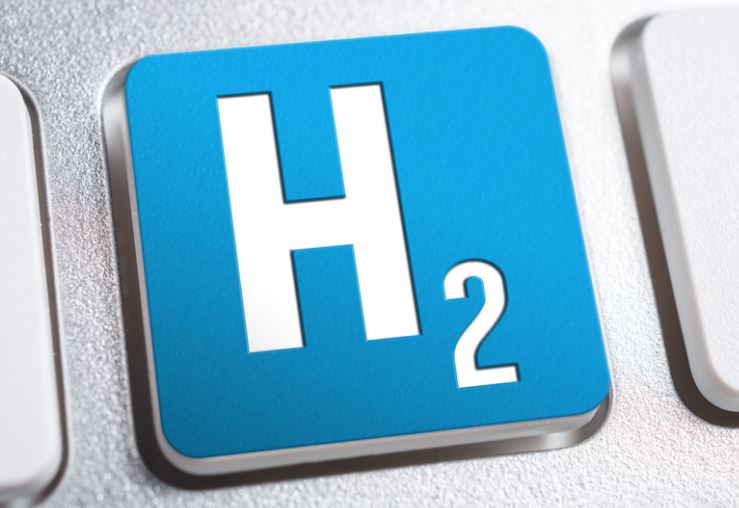The future of green hydrogen production seems to be painted in two brushstrokes: one showcasing the continued dominance of alkaline electrolysers for the next decade, and the other painting a concerning picture of potential oversupply by 2030. This contrasting outlook emerges from a recent report by Clean Energy Associates (CEA).
For the foreseeable future, alkaline electrolysers, lauded for their low cost and maturity, will likely reign supreme. CEA predicts they will hold over two-thirds of the green hydrogen production capacity by 2027, catering to producers seeking affordable solutions.
While alkaline electrolyser production will primarily be concentrated in Europe and China, PEM electrolyser factories see a more global distribution.
However, a dark cloud hangs over this seemingly bright future. CEA warns of a potential scenario where demand for electrolysers could be just half their global production capacity by 2030, thanks to an aggressive manufacturing expansion exceeding actual green hydrogen project investments. This aligns with concerns raised by other analysts, like BloombergNEF (BNEF), who predict a significant oversupply by 2025, potentially forcing factory closures in certain regions.
Despite these concerns, CEA acknowledges the inherent uncertainty in forecasting demand. Policy implementation, downstream industry developments, renewable energy availability, and existing project performance are all factors that can drastically alter the landscape.
The upcoming rollout of subsidies in the EU and US, particularly the European Hydrogen Bank and Germany’s H2Global initiative, could be the game-changers. These mechanisms aim to incentivize green hydrogen production, potentially stimulating demand and mitigating the oversupply risk.





